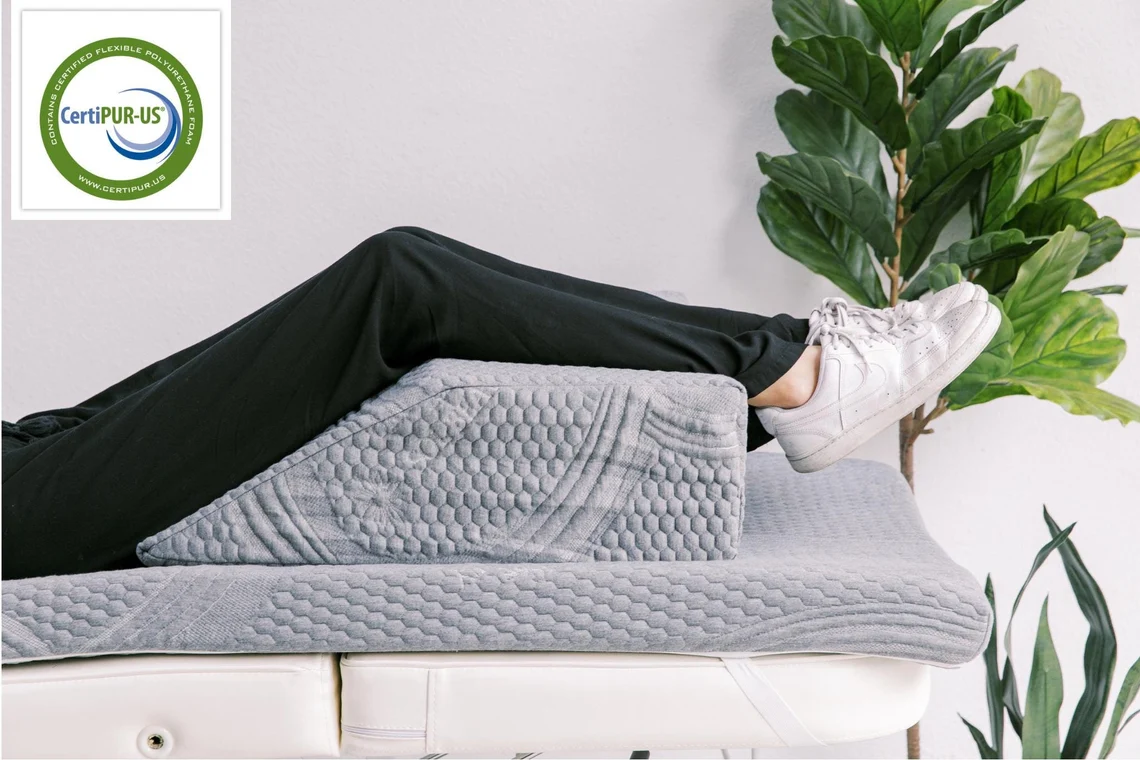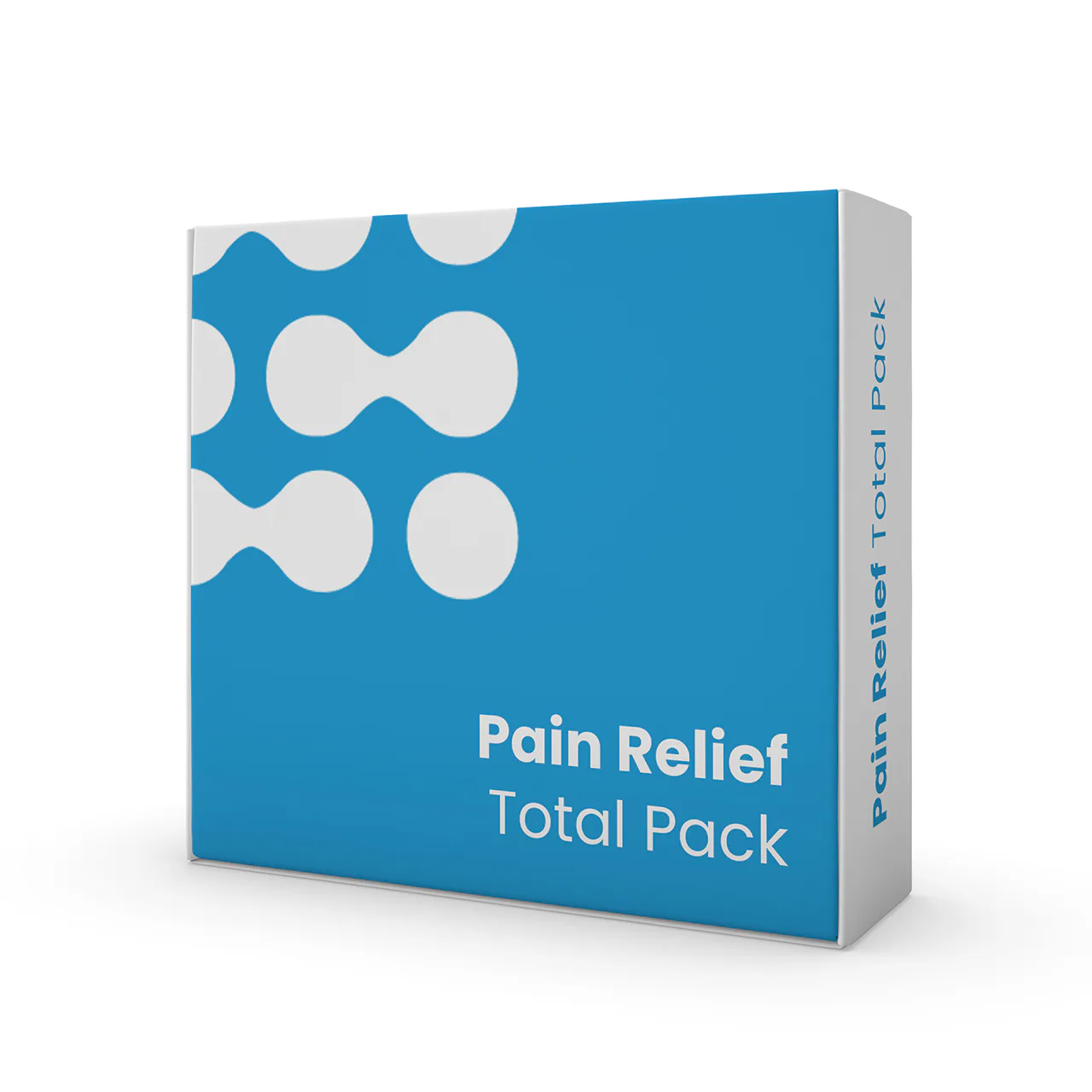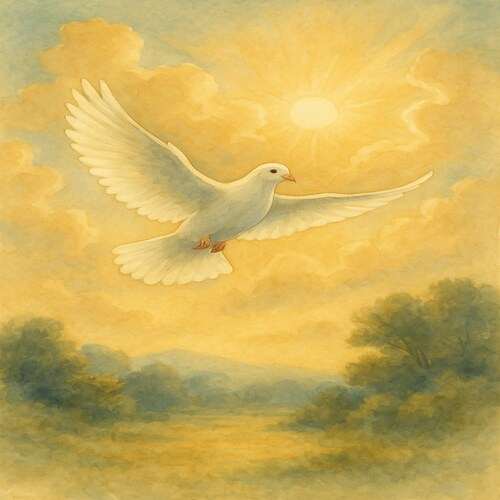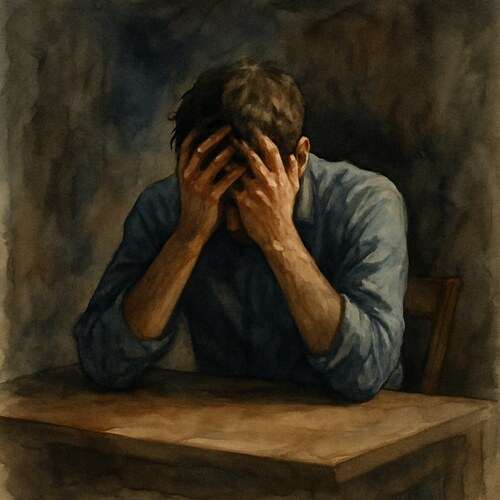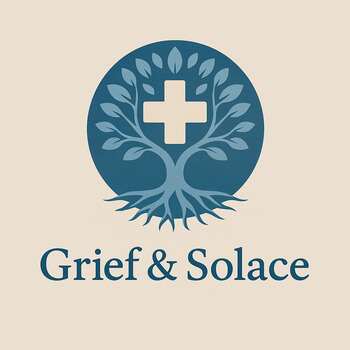Grieving Orthopedic Injury: Mourning the Movements That Once Came Easy
Grief around orthopedic injury is built in inches, mourning every step, every lift, every simple motion that used to come without pain.
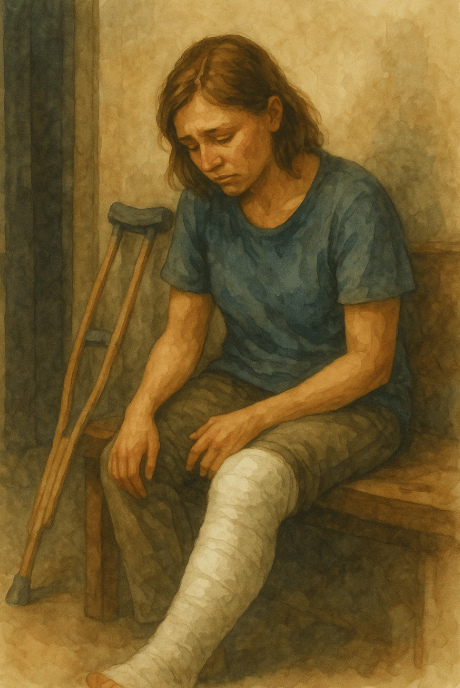
This post blends real grief with grounded knowledge. It isn’t clinical. It isn’t distant. It’s meant to sit beside you—not above you. The story you’ll read is meant to reflect what so many feel when living through or witnessing this condition: confusion, exhaustion, and quiet forms of courage.
If what you read feels familiar, please speak with your doctor. Your pain deserves more than silence.
He Used to Run, Then He Had to Learn to Walk All Over Again
He was the kind of man who moved as if his body would never let him down.
Fast. Effortless. Confident in every stride. Whether on the job site, in the field, or in the backyard chasing after his grandkids, he moved like life was his to command.
Until the day it wasn’t…
One fall. A snap. A scream halted by shock. Then came the silence that follows when something inside you shatters.
They said the surgery went well. That the rods were correctly positioned. That the screws were secure. They assured him he’d walk again…eventually.
🧠 Symptoms:
- Pain, swelling, bruising, reduced movement, deformity, instability, inability to bear weight, numbness/tingling (nerve involvement).
But no one warns you about the grief that accompanies learning to walk slowly. No one speaks of the shame in needing help for something as simple as a shower. There’s an anger that rises when stairs seem to tower like mountains. And the feeling of being wheeled into a room that once felt so familiar stings deeply.
He mourned the movement before he ever acknowledged the pain. He grieved the independence, the quiet pride in carrying his own groceries, lifting his grandchild, and standing tall.
Physical therapy turned into his battleground. Muscles screamed, joints were stiff, and his hands trembled on the parallel bars while a therapist urged, “Just one more step.”
Yet, those steps didn’t feel trivial when starting from the beginning.
There were days he wanted to give up, days when progress felt like slow-motion failure. He would gaze at his reflection—the scars, the swelling, the cane…and whisper, “This isn’t me.”
And it wasn’t. Not the old him, anyway.
Causes
- Trauma (falls, sports, accidents), repetitive stress, degenerative diseases (osteoarthritis, osteoporosis), congenital anomalies, neuromuscular disorders.
Major Categories of Injuries:
**Fractures:** Breaks in bones, classified as simple (closed), open (compound), comminuted, greenstick (children), or stress fractures.
**Dislocations:** Bones displaced from joints, common in shoulders, hips, fingers, often with ligament/cartilage damage.
**Sprains:** Ligament overstretching/tearing, graded I-III by severity.
**Strains:** Muscle/tendon overstretch or tear.
**Tendon Injuries:** Tendonitis or rupture, e.g., Achilles, rotator cuff.
**Ligament Tears:** Especially ACL in knees, often sports-related.
**Cartilage Injuries:** Meniscus or labral tears, cartilage defects.
**Overuse Injuries:** Stress fractures, shin splints, bursitis, tendinopathies.
But strength isn’t solely found in speed. It resides in the man who continues to show up, even when movement hurts. It’s in the one who rebuilds himself piece by stubborn piece, letting go of the body he once had and finding pride in the one that’s healing.
He still walks slower than he did before. He still longs for the feeling of running. Yet now, every step holds intention, and every scar tells a story of triumph.
He didn’t merely recover, he rediscovered himself. The man who returned? He may walk differently, but he walks with fire.
He lost speed. He gained gravity. And the ground still rises to meet him.
📘 Diagnosis & Treatment
Diagnosis
- Physical exam plus imaging: X-rays, MRI, CT, ultrasound, depending on injury type.
Treatment
**Acute:** Rest, ice, compression, elevation (RICE), immobilization, pain meds.
**Surgical:** Fixation devices, arthroscopy, ligament/tendon repair, joint replacement.
**Rehab:** Physical/occupational therapy, strengthening, mobility exercises.
**Long-term:** Weight management, joint protection, orthotics.
Prognosis:
Most heal well; severe or delayed treatment risks disability. Early rehab improves outcomes.
Prevention
Proper techniques, equipment, strength/flexibility training, fall prevention, prompt minor injury care.
Living with It
An orthopedic injury can fracture your sense of self—momentarily or permanently. You might mourn lost mobility, independence, or the life you knew. Yet, within the pain lies a path to resilience. With patience, discipline, and support, you can rebuild—stronger and wiser. Your body’s capacity to adapt and heal is a testament to your strength.
I know this is heavy, and I understand that the road ahead may feel like a tangle of loss and unanswered questions. But please hear this: you are not broken because you are hurting; you are not weak because you are afraid. You are living through something real, and survival itself is a kind of grace. You are allowed to struggle, you are allowed to hope, and you are allowed to not have all the answers today. Whatever comes next, you do not face it empty-handed; you carry every moment of love that shaped you, and that will always be enough to keep going.
🎀 Gifts to help With Orthopedic Injury
🏥 Everyday Comforts for Everyday Battles
Managing Orthopedic Injury often means needing a little extra help.
Sometimes it’s about restoring dignity, ease, or simply getting through the day with less pain.
These carefully chosen tools aren’t just items; they’re small bridges back to living.
This section is about finding practical support, never shame.
Leg Elevation Wedge Pillow – Recovery Support When Gravity Makes It Worse
Swelling is the enemy of healing. This orthopedic wedge pillow elevates the leg post-injury or surgery, helping reduce inflammation and improve blood flow during recovery. Soft enough for sleep, angled for circulation, and vital for anyone recovering from breaks, tears, or reconstruction. Because rest isn’t passive—it’s tactical.
🌿 Paths to Healing Beyond the Map
Sometimes traditional medicine isn’t enough.
If you’re exploring gentle, alternative options to help with Orthopedic Injury,
you might find comfort in plant-based compounds like **CBD or CBG**.
*This section is not medical advice, just a door left open.*
USA Medical Pain Relief Total Pack – Reinforcement for the Body That’s Been Cut, Bruised, or Torn
Orthopedic injuries don’t just leave behind pain—they throw off sleep, mood, and your body’s whole rhythm. This Total Pack blends CBD, inflammation support, and nervous system calm to help manage discomfort during healing. Not a replacement for rehab. But a bridge between pain and progress.
Need a Different Path Forward?
Every journey through grief looks different. Choose the next step that speaks to where you are now:
When You're Ready to Start Healing
Healing doesn’t mean forgetting.
It means finding small ways to carry your grief with strength and grace.
These are the stories, tools, and gentle steps to begin walking forward…at your own pace.
When You're Still in the Thick of It
Sometimes healing feels like a lie.
If you’re not ready to move on…if the pain still roars louder than the world wants to hear…this is the place where you’re allowed to feel it.
No sugarcoating. No pretending. Just truth.
When You're Holding on to Who’s Still Here
Grief reminds us to love louder.
If someone you love is still with you, this is your place to celebrate them, honor them, and create new memories while there’s still time.
Joy and sorrow can live side by side.

